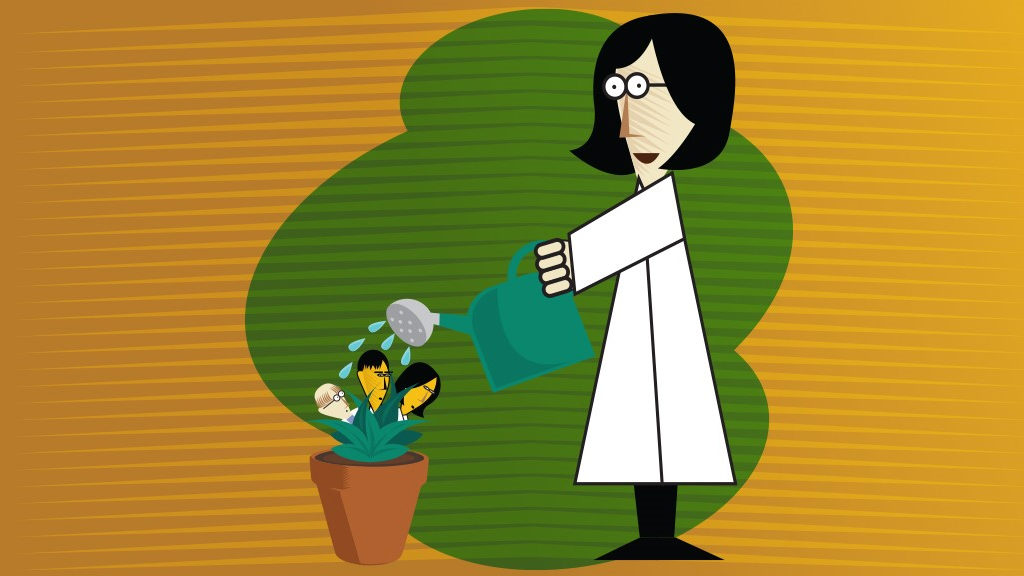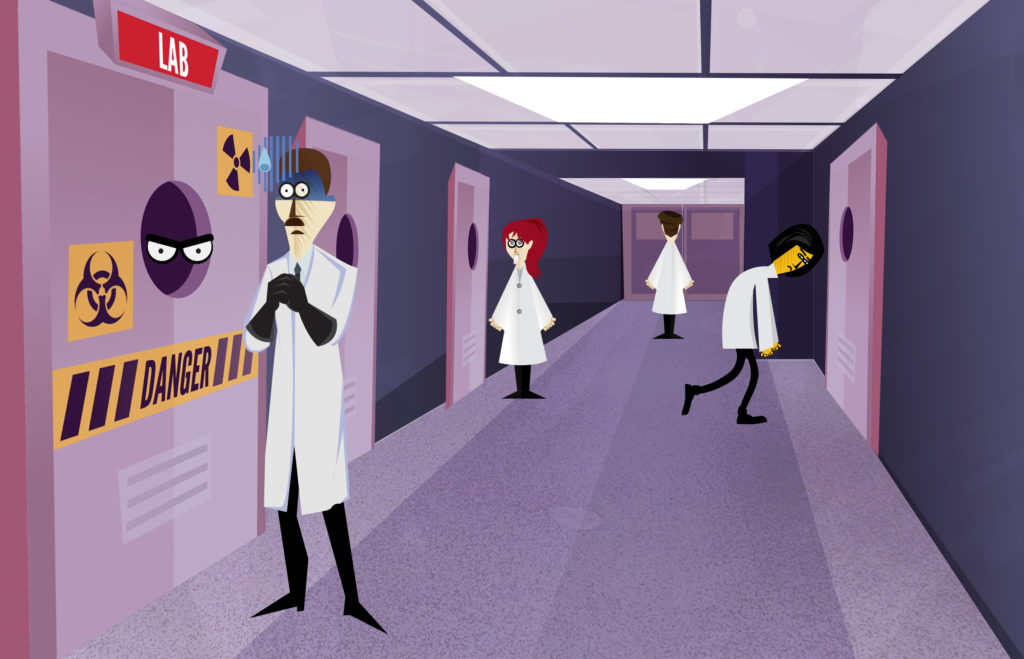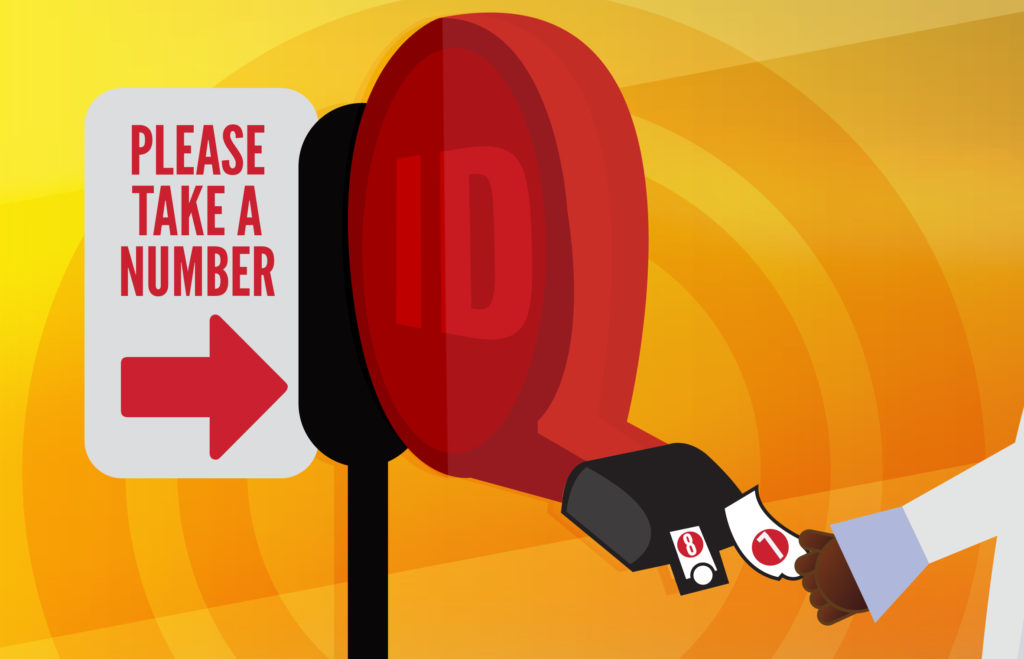Trying to make your lab greener? Here are some practical examples of how to reduce your lab’s carbon footprint and increase sustainability. Since China stopped accepting certain types of plastic waste from the United States and Europe in 2017, the need to dispose of hundreds of single-use plastic vials and other materials (per researcher, each year!) has created an avalanche of waste.
The “Single Use” Problem
COVID-19 has led to even more single-use plastics in labs – and in our everyday lives. The sheer number of gloves, testing kits and even masks we throw away is incredible. “The majority of masks are manufactured from long-lasting plastic materials, and if discarded can persist in the environment for decades to hundreds of years,” wrote authors from the University of Portsmouth at the Conversation.com.
Reduce, Reuse, Recycle
Labs are full of other single-use plastics such as pipette tips, weighing boats, tubes, flasks, reagent bottles, cuvettes, and more. ‘Reduce, reuse and recycle’ is a fine mantra, but how do researchers cut down on plastics when the sterility of equipment is a concern?
According to the UK’s Chemical and Engineering News magazine, “Different users have optimized washing protocols to get pipette tips clean enough for different lab techniques, including mass spectrometry or toxicology and immunology assays.
Earlier this year, for example, researchers at the National Institutes of Health’s National Center for Advancing Translational Sciences found their washed pipettes gave the same results as new tips for preparing small-interfering-RNA screening libraries.” Customers of Grenova, a lab equipment firm, have reported that some tips can reused 25-40 times.
Baby, it’s cold
In Nature, Jyoti Madhusoodanan wrote: “Scientists are increasingly aware of the disproportionate environmental footprint of their research. Academic research facilities consume three to six times as much energy as commercial buildings, much of that due to refrigeration and ventilation systems.” The has led some third-party “green companies” employed by labs to hold entire conferences around ultra-low temperature freezers. In a feature advertisement in Nature Portfolio, a statistic read: “An average Ultra-Low Temperature freezer consumes as much energy as a single-family home (~20 kWh/day).”
Help for scientists
There are non-profits that will help you mitigate the amount of waste produced by your lab. One of these, My Green Lab, said on its website: “Run ‘for scientists, by scientists,’ we leverage our credibility and track record to develop standards, oversee their implementation, and inspire the many behavioral changes that are needed throughout the scientific community.”
And it offers a free training course for “ambassadors” – those who would like to guide their lab toward sustainable practices.



